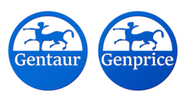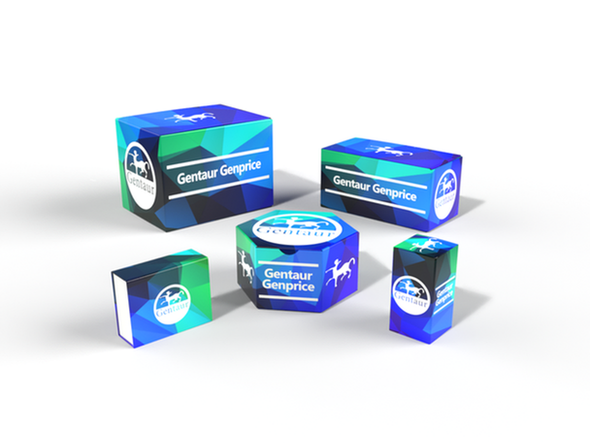Description
CD49d Antibody [7.2] | 99-385 | Gentaur UK, US & Europe Distribution
Host: Mouse
Reactivity: Human
Homology: N/A
Immunogen: N/A
Research Area: Immunology
Tested Application: Flow
Application: CD49d Antibody [7.2] for use in flow cytometry, immunocytochemistry, western blotting, and immunoprecipitation assays.
Specificiy: CD49d
Positive Control 1: N/A
Positive Control 2: N/A
Positive Control 3: N/A
Positive Control 4: N/A
Positive Control 5: N/A
Positive Control 6: N/A
Molecular Weight: N/A
Validation: N/A
Isoform: N/A
Purification: N/A
Clonality: Monoclonal
Clone: [7.2]
Isotype: IgG1
Conjugate: Unconjugated
Physical State: Liquid
Buffer: Supplied in borate buffered saline, pH 8.2; No preservatives or amine-containing buffer salts added
Concentration: 0.1 mg/mL
Storage Condition: Store vial at 2-8˚C
Alternate Name: VLA-4, Integrin alpha4%, VLA-4alpha, ITGA4, IA4
User Note: Optimal dilutions for each application to be determined by the researcher.
BACKGROUND: CD49d, a member of the integrin family of extracellular matrix and cell adhesion molecules, is the integrin alpha4 chain. CD49d associates noncovalently with CD29, the integrin beta1 subunit, to form the alpha4beta1 very late antigen-4 (VLA-4) heterodimer. Integrin alpha4 can also associate with integrin beta7 to form the alpha4beta7 heterodimer. It is expressed on most leukocytes with the possible exception of neutrophils. VLA-4 mediates leukocyte binding to CD106 (VCAM-1) and is involved in the migration of leukocytes from blood to tissue at sites of inflammation. VLA-4 can also provide a costimulatory signal to T cells for activation and proliferation. The alpha4beta7 integrin heterodimer is expressed on a small subpopulation of thymocytes, most lymph node T and B lymphocytes, NK cells, and eosinophils. Integrin alpha4beta7 also binds to fibronectin and VCAM-1.

![CD49d Antibody [7.2] CD49d Antibody [7.2]](https://cdn11.bigcommerce.com/s-1rdwiq712m/images/stencil/608x608/products/484723/490552/gentaur-genprice__26005.1661610467__29809.1661628092__75433.1661676199__77988.1661684280__64362.1661692443__02085.1662049603__45075.1662119302__91744.1662191540__21580.1662291419__25195.1663498916.png?c=1)
![CD49d Antibody [7.2] (FITC) CD49d Antibody [7.2] (FITC)](https://cdn11.bigcommerce.com/s-1rdwiq712m/images/stencil/590x590/products/485494/491323/gentaur-genprice__26005.1661610467__29809.1661628092__75433.1661676199__77988.1661684280__64362.1661692443__02085.1662049603__45075.1662119302__91744.1662191540__21580.1662291419__74224.1663499041.png?c=1)
![CD49d Antibody [7.2] (PE) CD49d Antibody [7.2] (PE)](https://cdn11.bigcommerce.com/s-1rdwiq712m/images/stencil/590x590/products/485495/491324/gentaur-genprice__26005.1661610467__29809.1661628092__75433.1661676199__77988.1661684280__64362.1661692443__02085.1662049603__45075.1662119302__91744.1662191540__21580.1662291419__76980.1663499041.png?c=1)


